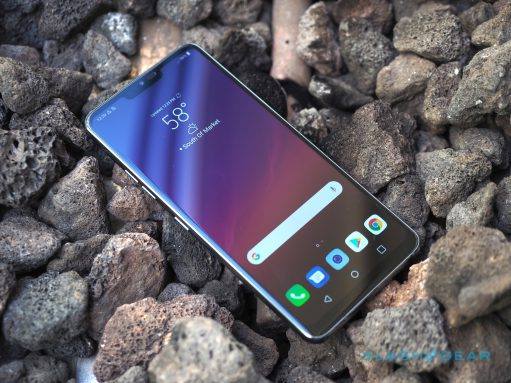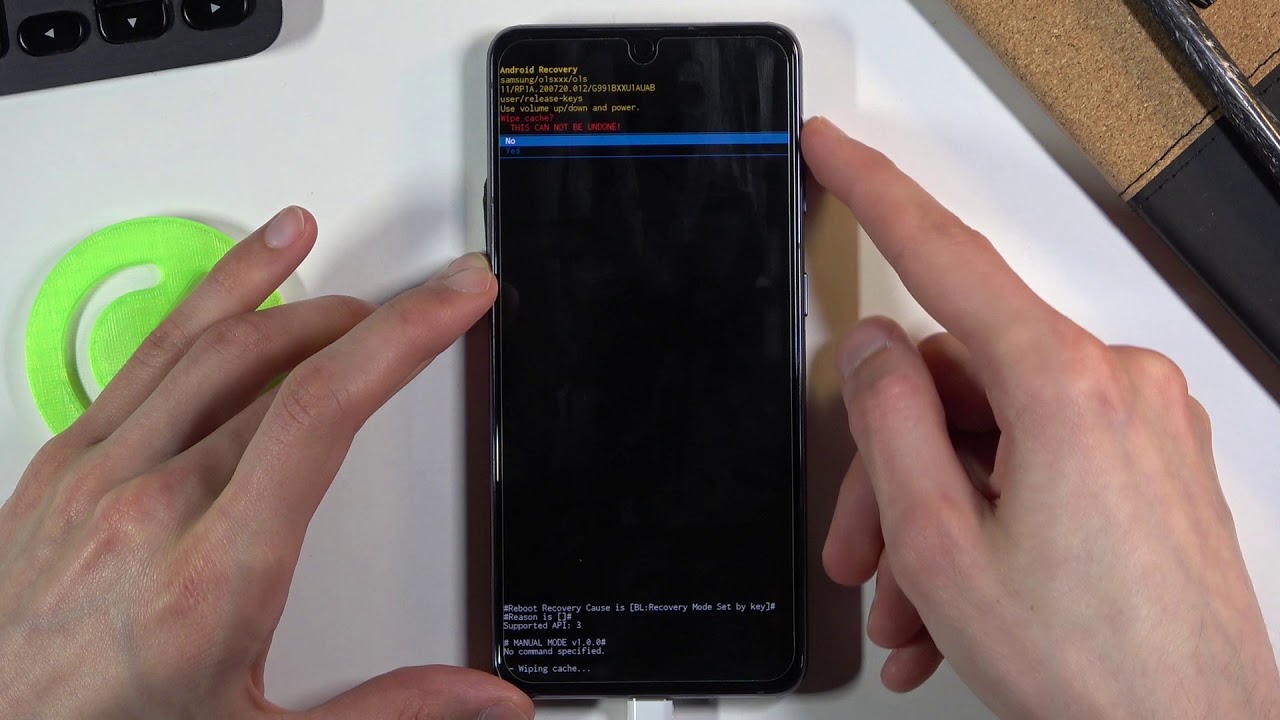We need TWRP to gain root and install custom ROMs and here is how to install a custom recovery on the HTC One M9.
Before we get too deep into this tutorial, I want to remind you that you need an unlocked bootloader before you can install a custom recovery or gain root access. So, please take a look at the tutorial for how to unlock the HTC One M9 bootloader and once your device is unlocked, then you can continue with this tutorial.
What we’re going to be doing here today is installing a custom recovery on the HTC One M9. The custom recovery of choice here is TWRP but as long as the .img file is compatible with your M9, you should be able to install any custom recovery image. Again, please just make sure it is compatible with the HTC One M9 before you go and flash some other custom recovery.
HTC One M9 Install Custom Recovery
- Unlock the HTC One M9 Bootloader
- Enable Developer Mode on the HTC One M9
- Enable USB Debugging on the HTC One M9
- Boot the HTC One M9 into Download Mode
- Download TWRP for the HTC One M9
- Copy the TWRP .img File to the ADB and Fastboot Directory
- While Still in the ADB and Fastboot Directory, Hold the ‘Shift’ Key on Your Keyboard
- While Holding Shift, Right Click on an Empty Space Within the Folder
- Let Go of Shift and Left Click on the ‘Open Command Window Here’ Option
- Then Type the Following in the Command Prompt. . .
- fastboot flash recovery twrp-2.8.6.0-hima.img
- Press the ‘Enter’ Key on Your Keyboard
- Reboot the HTC One M9
Explanation
Again, you’re going to need to unlock the bootloader of your HTC One M9 before you can install a custom recovery. Please follow the entire tutorial linked in the guide above because you’re going to need things like ADB/Fastboot and the HTC Sync Manager installed before you can do any of this. Once you have the bootloader unlocked, you’ll need to enable Developer Mode on the HTC One M9 and then enable USB Debugging so that we can execute ADB and Fastboot commands while we are in the HTC One M9 Download Mode.
I have linked the official TWRP download page in the guide above and you’re going to want to download the most recent version of TWRP for the HTC One M9. As of writing this I am seeing versions 2.8.5.0 and 2.8.6.0. Since version 2.8.6.0 is the newest(which is at the top of the list) then that is the version you should download. If version 2.8.7.0 or any other versions are released in the future, you’re going to want to download those. Once you have the TWRP image file downloaded, move/copy it to the same directory that you have ADB and Fastboot installed.
Then, you’re going to want to open up a command prompt from within the ADB/Fastboot directory. You can open the command prompt and browse to it if you know how. Or, you can hold the Shift key on your keyboard and then right-click on an empty spot in the ADB/Fastboot directory. If you did this right then you should see an option within this menu that says ‘Open Command Window Here’. Left-click on that option and you should see a command prompt appear. This will already be in the ADB/Fastboot folder that you have open.
Once you have the command prompt open, you’re going to want to type in this command “fastboot flash recovery twrp-2.8.6.0-hima.img” and then press the Enter key on the keyboard. Now, if you have downloaded a different version of TWRP, you’re going to have to edit that command to match the same version/file name of the TWRP image you downloaded. For example, if you ended up downloading TWRP version 2.8.7.0, then the command you will need to type in will look like “fastboot flash recovery twrp-2.8.7.0-hima.img”. We just need to make sure the last part of that command matches the image file you downloaded.
After you press enter, Fastboot will flash the TWRP custom recovery onto your HTC One M9 and you should be done. You can use the Volume Down button to highlight the ‘Reboot’ option from within the Download Mode menu and then press the Power button to reboot your HTC One M9. From here, you can boot the HTC One M9 into recovery mode if you would like, just to make sure that everything worked flawlessly.
If you have any questions about this tutorial, or maybe if you came across a bug or glitch that wasn’t mentioned here, please feel free to leave a comment at the bottom of this page. I might not be able to reproduce the same thing you are experiencing but I will do my best to help research a solution with you.





